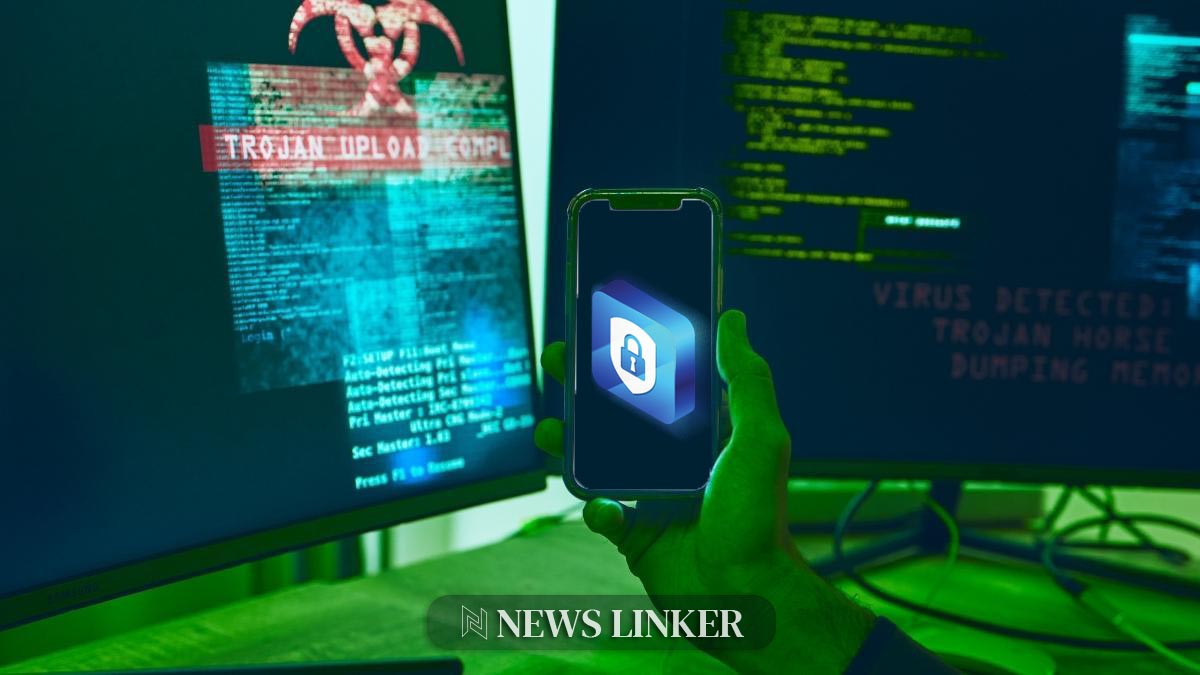A substantial security lapse has been identified in over 90,000 LG smart TVs that could potentially expose users to unauthorized access and control. The vulnerability stems from flaws in the WebOS operating system that underpins these televisions, creating a gateway for external parties to manipulate the TVs’ functionality and possibly infiltrate connected home networks. This discovery underscores an escalating concern regarding the safety of Internet of Things (IoT) devices and the critical importance of robust security measures.
Insights into the LG Smart TV Vulnerability
Bitdefender Labs has uncovered weaknesses within the WebOS used in LG’s smart TVs, particularly in the authentication mechanisms. These flaws could allow attackers to execute commands without proper authorization. The core issue lies in how WebOS processes file permissions and authentication protocols. Notably, a service called “com.webos.service.networkinput,” designed to receive network requests, lacks the necessary security verifications, opening up the possibility for illicit actors to imitate legitimate communications between the TV and authorized devices. This could lead to a series of adverse outcomes including unauthorized TV control, network intrusion, and compromising personal information.
Risks and Mitigation Strategies
The exploitation of this security gap poses several risks. Among them, unauthorized individuals could hijack TV functions, alter settings, or gain access to private data. Additionally, given that smart TVs are often connected to home networks, this vulnerability presents a risk of broader network infiltration. In response, LG has been notified and is currently working on a patch. In the interim, users are advised to keep their devices updated with automatic patches, segment their networks, and monitor for any unusual activities.
Extended Context and Industry Precedents
Concerns about the security of smart devices are not new. Previous incidents include vulnerabilities in other IoT devices that have also led to heightened scrutiny from both users and manufacturers. For example, ‘The Hacker News’ reported on an incident where security cameras were hacked, and ‘Infosecurity Magazine’ discussed the potential risks of compromised IoT devices in corporate settings. Both instances highlight the ongoing challenges and reinforce the need for diligent security practices and prompt vendor responses to discovered vulnerabilities.
Helpful Points for Users
- Isolate LG smart TVs on a separate network to reduce potential risks.
- Monitor network activity for signs of unauthorized access.
- Apply security updates from LG as soon as they are made available.
This development serves as a potent reminder of the security challenges facing IoT devices. As more appliances connect to the internet, the threat surface expands, necessitating greater vigilance from both manufacturers and consumers. Not only is it crucial for companies like LG to patch such vulnerabilities swiftly, but users must also adopt proactive measures to safeguard their digital ecosystems. Vigilant monitoring of network activity and timely application of vendor-issued security updates are essential practices for maintaining the integrity of increasingly smart homes.










